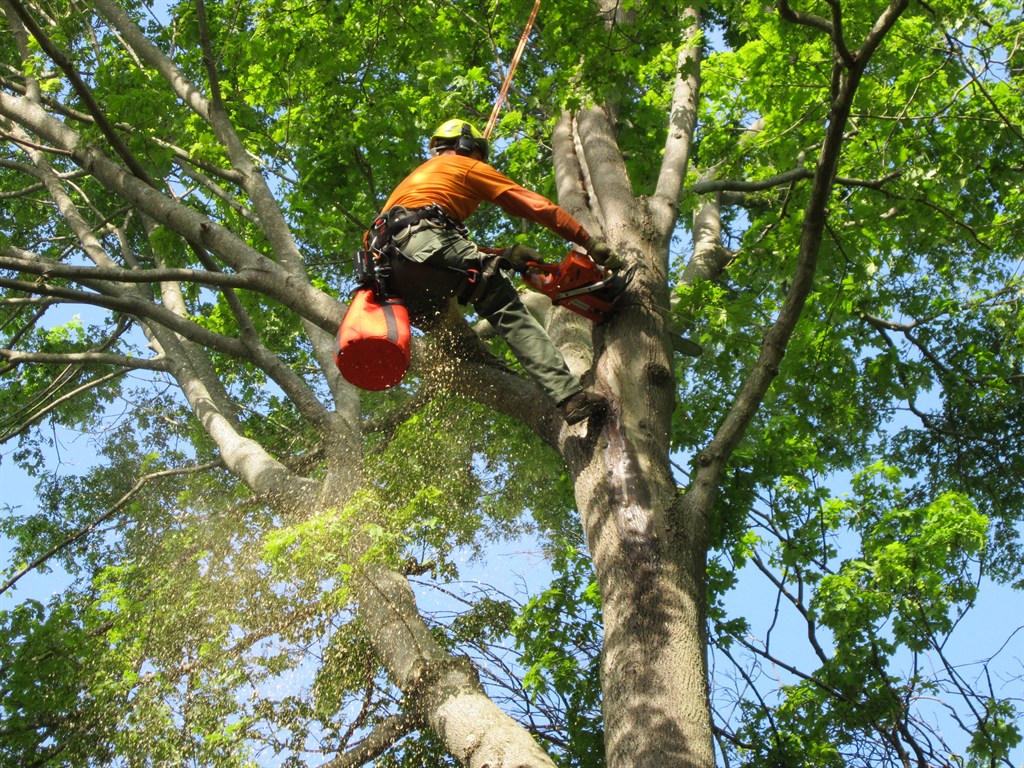
As a proud plant parent or a homeowner with a love for landscaping, you may have developed a green thumb over the years. While taking emergency tree care and plants can be a rewarding experience, it's essential to keep an eye out for signs of distress in your trees. Recognizing these signs early on can help you address any issues promptly and potentially save your tree from further damage.
Signs of Tree Distress
Visual Cues
- Wilted or discolored leaves
- Dead or decaying branches
- Bare patches in the canopy
- Fungal growth on the trunk or branches
Physical Cues
- Brittle or peeling bark
- Visible cracks or splits in the trunk
- Presence of pests or insects
Environmental Cues
- Recent severe weather events
- Changes in soil quality or drainage
- Construction or digging near the tree roots
When to Seek Emergency Care
Immediate Attention
- Sudden leaning or uprooting of the tree
- Cracks or splits in the trunk that are rapidly expanding
- Large branches hanging precariously
- Falling limbs posing a risk to property or individuals
Urgent Care
- Severe infestation of pests or insects
- Rapid decline in tree health despite interventions
- Fungal infections spreading rapidly
Professional Assessment
- Consulting an arborist for expert advice
- Seeking guidance on tree care practices and potential treatments
- Developing a plan for tree preservation and maintenance
Preventive Measures
Regular Inspections
- Inspect your trees regularly for any signs of distress
- Look out for changes in foliage, bark, or overall tree appearance
Proper Maintenance
- Prune dead or decaying branches to promote tree health
- Monitor soil moisture levels and provide adequate watering
- Fertilize trees as needed to ensure proper nutrition
Protective Measures
- Install tree guards to prevent damage from lawn equipment or animals
- Avoid compacting soil around tree roots to maintain proper aeration
- Mulch around the base of the tree to retain moisture and deter pests
Conclusion
Being able to recognize the signs of tree distress and knowing when to seek emergency care is essential for maintaining the health and beauty of your trees. By staying vigilant and taking proactive measures to address any issues promptly, you can help your trees thrive for years to come. Remember, when in doubt, always consult a professional arborist for expert advice on tree care and maintenance.
